Home>Garden Essentials>What Does Bird Seed Grow Into
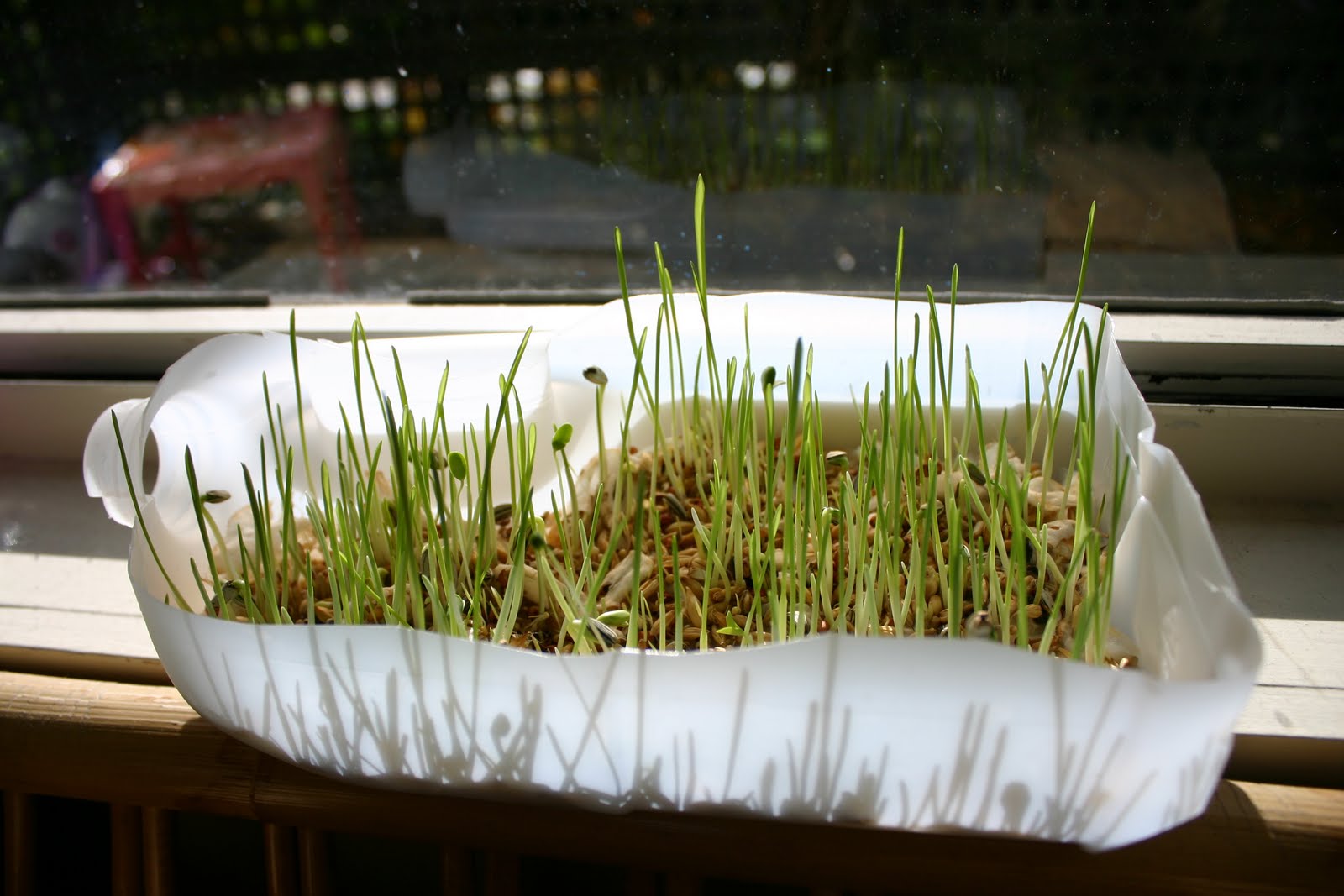

Garden Essentials
What Does Bird Seed Grow Into
Modified: August 17, 2024
Wondering what bird seed can grow into in your garden? Discover the surprising transformation as bird seed blooms into beautiful plants with vibrant colors.
(Many of the links in this article redirect to a specific reviewed product. Your purchase of these products through affiliate links helps to generate commission for Storables.com, at no extra cost. Learn more)
Introduction
Bird seed is not just a source of nutrition for birds; it is also an opportunity to grow beautiful plants and create a vibrant garden. Many people are unaware of the potential of bird seed as a gardening tool, but it can be a wonderful way to attract birds and add a touch of natural beauty to any outdoor space.
In this article, we will explore the different types of bird seed available, what bird seed can grow into, and the various factors that can affect the growth of bird seed. We will also provide tips and guidelines on how to properly grow bird seed and common mistakes to avoid. By the end, you will have the knowledge and confidence to successfully grow bird seed and create a garden that not only nourishes birds but also delights the eye.
So, let’s embark on this garden adventure and discover the magic that bird seed can bring!
Key Takeaways:
- Bird seed is not just for birds; it can grow into beautiful plants like sunflowers and thistles, adding natural beauty to your garden and attracting a variety of bird species.
- To successfully grow bird seed, choose high-quality seeds, provide proper soil preparation, consistent watering, adequate sunlight, and weed control. Patience and care will reward you with thriving plants and joyful bird visitors.
Read more: What Does A Sesame Seed Grow Into
Importance of Bird Seed
Birds play a crucial role in our ecosystem. They help control pests, pollinate plants, and disperse seeds, contributing to the overall health and balance of nature. Providing bird seed in your garden is a way to support and attract these feathered friends, benefiting both the birds and your garden. Here are a few reasons why bird seed is essential:
- Nutrition: Bird seed is a rich source of nutrients that birds need to survive and thrive. It provides them with energy, protein, and essential vitamins and minerals. By offering a variety of seeds, you can cater to the dietary needs of different bird species.
- Attracting Birds: By placing bird feeders filled with seed in your garden, you create a welcoming environment for a wide array of bird species. The sight and sound of birds flocking to your garden can be a joyful and delightful experience.
- Biodiversity: Birds are an integral part of the natural ecosystem. By attracting a diverse range of bird species to your garden, you contribute to biodiversity and help maintain a healthy balance in the environment.
- Pest Control: Many birds feed on insects, slugs, and worms, helping to naturally control pests that may damage your plants. By providing bird seed, you attract birds that act as natural pest controllers, reducing the need for harmful pesticides.
- Seed Dispersal: Birds play a crucial role in seed dispersal. When birds consume seeds from your garden, they often excrete them in different locations, aiding in the spread and growth of plants throughout your landscape.
By understanding the importance of bird seed in supporting bird populations and the overall health of your garden, you can create a space that is not only visually stunning but also functions harmoniously with nature.
Various Types of Bird Seed
When it comes to choosing bird seed for your garden, there is a wide range of options available. Each type of seed attracts different bird species, so it’s important to have a variety to attract a diverse range of feathered visitors. Here are some commonly used bird seeds:
- Sunflower Seeds: Sunflower seeds are a popular and versatile choice. They come in two varieties: black oil sunflower seeds and striped sunflower seeds. Black oil sunflower seeds have a higher oil content, making them a favorite among many bird species, while striped sunflower seeds have a thicker shell, making them more challenging for some birds to eat.
- Nyjer (Thistle) Seeds: Nyjer seeds, also known as thistle seeds, are small black seeds that are a favorite among finches, sparrows, and other small songbirds. These tiny seeds require a special feeder with small holes to prevent them from spilling out.
- Millet: Millet is a tiny, round seed that is enjoyed by a wide variety of birds, including sparrows, doves, and juncos. It is an inexpensive option and can be scattered on the ground or offered in a tray feeder.
- Safflower Seeds: Safflower seeds have a bitter taste, which deters squirrels and some larger birds. However, cardinals, chickadees, and other songbirds enjoy them. If you’re looking to attract a diverse range of smaller birds while keeping larger birds at bay, safflower seeds are a great choice.
- Peanuts: Peanuts are a high-energy food that is loved by jays, woodpeckers, and other nut-loving birds. Offering whole peanuts or peanut halves can attract these species to your garden.
- Wild Bird Seed Mix: If you want to provide a variety of options and attract a broad range of bird species, consider a wild bird seed mix. These blends typically contain a combination of sunflower seeds, millet, cracked corn, and other seeds that cater to different bird preferences.
When selecting bird seed, consider the preferences of the bird species in your area. Experiment with different seed types to attract a diverse assortment of birds and create a haven for avian visitors in your garden.
What Bird Seed Grows Into
Have you ever wondered what happens to bird seed once it’s scattered or dropped by birds in your garden? Bird seed has the potential to grow into beautiful plants, adding a touch of natural beauty to your outdoor space. Here are some common types of bird seed and what they can grow into:
- Sunflower Seeds: Sunflower seeds are not only loved by birds but can also grow into stunning sunflower plants. With their bright yellow petals and tall stems, sunflowers are a popular choice for many gardeners. They can reach impressive heights and provide a striking focal point in your garden.
- Millet: Millet seeds can sprout and grow into lush grass-like plants. While these plants might not be as showy as sunflowers, they can still add a touch of greenery and texture to your garden. Millet grasses can be a valuable source of food and shelter for ground-feeding birds and other wildlife.
- Thistle Seeds: Thistle seeds, also known as nyjer seeds, have the potential to sprout into charming thistle plants. These plants feature delicate purple flowers that attract butterflies and other pollinators. Thistles can add a touch of color and provide nectar for beneficial insects in your garden.
- Cracked Corn: Cracked corn is a common bird feed ingredient that, under the right conditions, can grow into corn plants. While not all types of cracked corn are suitable for garden planting, if you have organic cracked corn, it can be an interesting experiment to see if it sprouts and develops into cornstalks.
- Wildflower Seeds: Some bird seed mixes contain a variety of wildflower seeds. These mixes often include a combination of annuals, perennials, and biennials. When these seeds germinate and grow, they can give rise to a vibrant and diverse array of colorful flowers, attracting pollinators and adding beauty to your garden.
It’s important to note that not all bird seed will grow into plants due to several factors such as processing, storage conditions, and the viability of the seeds themselves. However, if you notice sprouts emerging from your bird feeders or scattered bird seed, you can carefully transplant them into appropriate areas of your garden to nurture their growth.
While the primary purpose of bird seed is to attract and nourish birds, it’s a delightful bonus to witness the transformation of bird seed into flourishing plants, bringing a touch of nature’s magic to your garden.
Factors Affecting Growth of Bird Seed
Growing bird seed successfully requires understanding the various factors that can influence its growth. While bird seed is resilient and can sprout under favorable conditions, certain factors play a crucial role in determining its success. Here are some key factors that can affect the growth of bird seed:
- Seed Viability: The quality and viability of the bird seed itself is a significant factor. Fresh, high-quality seeds with good germination rates are more likely to sprout and grow into healthy plants. It’s important to ensure that the bird seed you use is not expired or damaged.
- Soil Quality: The quality of the soil in which the bird seed is planted plays a vital role in its growth. The soil should be well-draining, rich in organic matter, and have a balanced pH level. Proper soil preparation, including loosening the soil and removing any weeds or debris, can create an ideal environment for seed germination and plant growth.
- Moisture: Adequate moisture is essential for the germination and growth of bird seed. While bird seed may not require as much water as traditional garden plants, it still needs consistent moisture to sprout and establish roots. Avoid overwatering, as waterlogged soil can lead to rotting seeds or root damage. Conversely, insufficient water can inhibit seed germination and stifle plant growth.
- Temperature: The temperature of the environment plays a significant role in the growth of bird seed. Most bird seeds prefer moderate temperatures for germination and growth. Extreme heat or cold can stress the seeds and hinder their ability to sprout. Understanding the ideal temperature range for the specific bird seed you’re growing can help optimize its growth and ensure successful results.
- Light Exposure: Light exposure is crucial for the growth of bird seed. Most seeds require adequate sunlight to trigger the process of germination. However, some bird seed varieties may tolerate partial shade. Understanding the light requirements of the specific bird seed you’re planting is essential for ensuring optimal growth.
- Competition: Competition from other plants, particularly weeds, can hinder the growth of bird seed. Weeds can compete for resources such as sunlight, water, and nutrients, potentially choking out the bird seed plants. Regular weeding and maintaining a weed-free environment around the bird seed can help ensure their successful growth.
By considering these factors and making necessary adjustments, you can create favorable conditions for growing bird seed and increase the likelihood of successful germination and thriving plants in your garden.
Bird seed typically grows into various types of grasses, such as millet, sunflower, and sorghum. These grasses provide food and shelter for birds and other wildlife.
Read more: What Is In Bird Seed
How to Properly Grow Bird Seed
Growing bird seed requires proper planning and care. By following these steps, you can ensure the successful growth of bird seed in your garden:
- Select the Right Seeds: Choose bird seed varieties that are suitable for your climate, the birds you wish to attract, and the growing conditions in your garden. Consider factors such as sun exposure, soil type, and water availability when selecting seeds.
- Prepare the Soil: Prepare the planting area by removing any weeds, rocks, or debris. Loosen the soil with a garden fork or tiller to improve drainage and create a loose, friable texture that allows seedling roots to penetrate easily.
- Sow the Seeds: Follow the recommended planting depth and spacing for the specific bird seed variety you are growing. Typically, bird seed is sprinkled over the soil surface and lightly pressed down. You can cover the seeds with a thin layer of soil or mulch if desired.
- Water Adequately: Consistent moisture is crucial for seed germination and initial growth. Water the area thoroughly after sowing the seeds and keep the soil evenly moist throughout the germination period. Avoid overwatering, as excessive moisture can lead to fungal diseases and rotting seeds.
- Provide Proper Sunlight: Most bird seed varieties require full sun for optimal growth. Ensure that the planting area provides at least 6-8 hours of direct sunlight per day. If you have shade-loving bird seed varieties, select a location with partial shade or dappled sunlight.
- Maintain Weed Control: Regularly remove any weeds that compete with the bird seed for resources. Mulching the area can help suppress weeds and conserve moisture. Avoid using herbicides near the bird seed area, as they may harm the seeds or birds that feed on them.
- Monitor and Care for Seedlings: Keep a close eye on the germinating seeds and emerging seedlings. Thin out any overcrowded areas to give the remaining seedlings enough space to grow. Water the seedlings as needed, ensuring that the soil remains moist but not saturated.
- Protect from Pests: Birds may be attracted to the sprouting bird seed, potentially nibbling on the tender seedlings. Consider using bird netting or other bird protection measures to shield the young plants until they become more robust.
- Fertilize if Necessary: Depending on the soil quality and nutrient levels, you may need to provide additional fertilization. Use a balanced fertilizer or organic compost to supplement the soil if necessary. Follow the package instructions for the appropriate application rates and timing.
- Monitor Growth and Harvest: Regularly observe the growth of the bird seed plants. Different varieties will have varying time frames for maturity. Once the seed heads have dried and turned brown, you can harvest the seeds for bird feeding or save them for next year’s planting.
With proper care and attention, your bird seed can grow into thriving plants, attracting birds to your garden and adding beauty to your outdoor space.
Common Mistakes in Growing Bird Seed
Growing bird seed can be a rewarding experience, but it’s essential to avoid common mistakes that can hinder the success of your efforts. By being aware of these pitfalls, you can ensure the optimal growth of your bird seed. Here are some common mistakes to avoid:
- Planting Incorrect Seed Types: Choosing the wrong bird seed varieties for your region or growing conditions can result in poor germination and stunted growth. Research and select seed types that are suitable for your climate and the birds you want to attract.
- Planting Seeds Too Deep: Planting bird seeds too deep in the soil can prevent them from sprouting. Be sure to follow the recommended planting depth specified on the seed packet or guidelines to ensure successful germination.
- Overwatering or Underwatering: Proper moisture is crucial for seed germination and growth. Avoid overwatering, as it can suffocate the seeds and lead to rotting. Conversely, underwatering can inhibit germination and stunt plant growth. Keep the soil consistently moist but not waterlogged.
- Poor Soil Preparation: Neglecting to prepare the soil adequately before planting can inhibit seedling growth. Clear the area of weeds, rocks, and debris, and ensure the soil is loose and well-draining. Add organic matter if needed to improve soil fertility.
- Planting in Unsuitable Locations: Lack of sunlight or excessive shade can impede the growth of bird seed. Ensure that the planting area receives the proper amount of sunlight per day based on the requirements of the specific seed variety.
- Skipping Weed Control: Allowing weeds to compete with bird seed for resources can hinder their growth. Regular weeding is essential to minimize competition and give the seedlings the best chance to thrive.
- Using Chemical Pesticides: Applying chemical pesticides near the bird seed plants can harm not only pests but also the birds and beneficial insects. Instead, opt for organic pest control methods to maintain a healthy ecosystem in your garden.
- Not Monitoring Seedlings: Failing to monitor the growth of the seedlings can result in overcrowding and hinder their development. Thin out any densely packed areas to provide sufficient space for healthy growth.
- Ignoring Bird Feeder Hygiene: If you fill your bird feeders with bird seed from your garden, it’s important to maintain proper hygiene. Stale or moldy bird seed can negatively impact the health of birds. Regularly clean and disinfect your feeders to ensure the quality of the seed you offer to birds.
- Harvesting Seeds Too Late: Waiting too long to harvest the seeds may result in loss or scattering of the seeds, leaving you with fewer seeds for future planting or bird feeding. Keep an eye on the seed heads as they mature and harvest them at the appropriate time.
By avoiding these common mistakes and taking proper care of your bird seed, you can maximize its growth potential and create a garden that not only nourishes birds but also flourishes with beauty.
Tips for Successful Bird Seed Growth
Growing bird seed successfully requires attention to detail and proper care. Here are some helpful tips to ensure the best results in growing bird seed in your garden:
- Choose High-Quality Seeds: Select fresh, high-quality bird seed varieties from reputable suppliers. Quality seeds have higher germination rates and are more likely to produce healthy plants.
- Provide Proper Soil Preparation: Prepare the soil by removing weeds, rocks, and debris. Loosen the soil to improve drainage and create a fertile environment for seedling establishment.
- Sow Seeds at the Right Depth: Follow the recommended planting depth specified on the seed packet. Planting seeds too deep or too shallow can hinder their germination and growth.
- Water Consistently: Maintain consistent moisture in the soil during germination and seedling growth. Water the area thoroughly after planting and keep the soil evenly moist, but not waterlogged.
- Ensure Adequate Sunlight: Most bird seed varieties require full sun for optimal growth. Choose a location in your garden that receives at least 6-8 hours of direct sunlight per day.
- Control Weeds: Regularly remove weeds that compete with the bird seed for resources. Mulching the area with organic materials can help suppress weed growth and retain moisture.
- Protect Seedlings: Use bird netting or other protective measures to shield vulnerable seedlings from birds and pests that may eat or damage them.
- Fertilize Appropriately: Conduct a soil test to determine if your soil requires additional nutrients. Use a balanced fertilizer or organic compost to provide necessary nutrients to support seedling growth.
- Monitor and Adjust: Regularly monitor the growth of the seedlings, checking for signs of pests, disease, or nutrient deficiencies. Make adjustments as needed to ensure the healthy growth of your bird seed plants.
- Harvest and Store Seeds: Once the seed heads have dried and turned brown, harvest the seeds for bird feeding or future planting. Store the seeds in a cool, dry place in airtight containers to maintain their quality.
By implementing these tips, you can increase the chances of successful bird seed growth in your garden. Remember to have patience, as some varieties of bird seed may take time to germinate and establish, but with care and attention, you will be rewarded with thriving plants that attract and nourish a variety of bird species.
Conclusion
Growing bird seed in your garden is a delightful way to support bird populations, create a vibrant outdoor space, and immerse yourself in the wonders of nature. By providing the right seeds, creating optimal growing conditions, and nurturing the seedlings, you can witness the transformation of bird seed into beautiful plants that attract a diverse range of birds.
Throughout this article, we explored the importance of bird seed as a source of nutrition for birds and its role in supporting biodiversity. We discussed various types of bird seed and what they have the potential to grow into, from majestic sunflowers and delicate thistle plants to lush millet grasses. We also highlighted crucial factors that can affect bird seed growth, such as seed viability, soil quality, moisture, temperature, and light exposure.
Additionally, we provided guidelines on how to properly grow bird seed, including selecting the right seeds, preparing the soil, planting at the correct depth, providing adequate water and sunlight, and controlling weeds. We addressed common mistakes to avoid, such as planting the wrong seed types, overwatering or underwatering, neglecting soil preparation, and ignoring weed control. We also shared tips for successful bird seed growth, emphasizing the importance of choosing high-quality seeds, consistent watering, proper sunlight exposure, and monitoring the seedlings’ progress.
As gardeners, we have the unique ability to create an environment that not only nourishes birds but also brings beauty and joy to our surroundings. By growing bird seed, you can create a haven for feathered visitors, contribute to the ecosystem, and experience the gratification of seeing your efforts bear fruit.
So, let your garden come alive with the sounds of chirping birds and the sight of vibrant plants. Embrace the magic of growing bird seed, and may your garden flourish with the wonders of nature for years to come.
Now that you've learned about the surprising plants bird seeds can sprout into, why not broaden your green thumb adventures? If you're eyeing enhancements for your outdoor space, consider exploring innovative garden fence ideas. From simple wooden barriers to intricate metal designs, these solutions mold personal style with functionality. Meanwhile, curious about the time it takes for seeds to shoot up from soil? Delving into seed germination periods offers invaluable insights, ensuring your gardening efforts bear fruit—or flowers—sooner rather than later.
Frequently Asked Questions about What Does Bird Seed Grow Into
Was this page helpful?
At Storables.com, we guarantee accurate and reliable information. Our content, validated by Expert Board Contributors, is crafted following stringent Editorial Policies. We're committed to providing you with well-researched, expert-backed insights for all your informational needs.
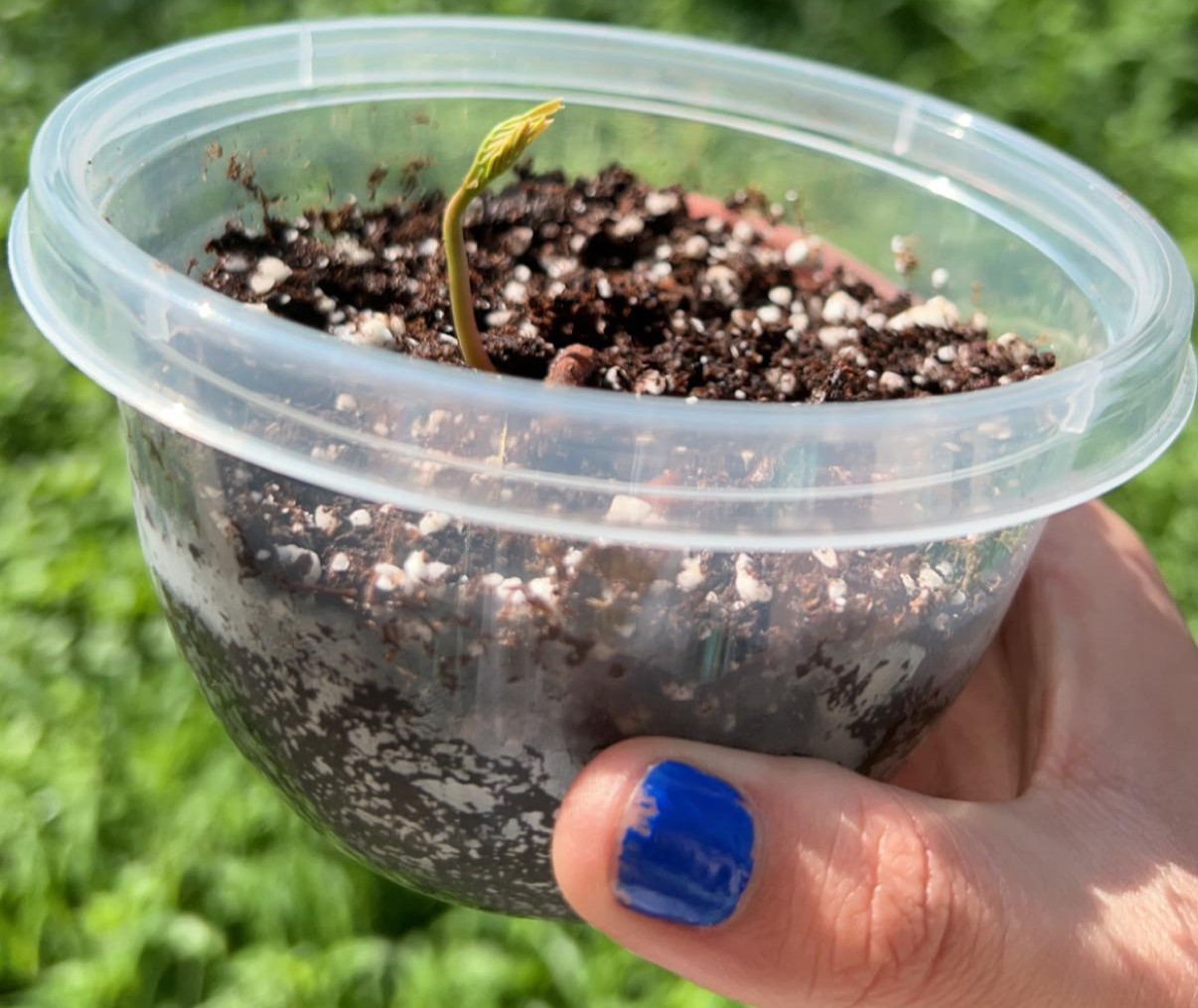
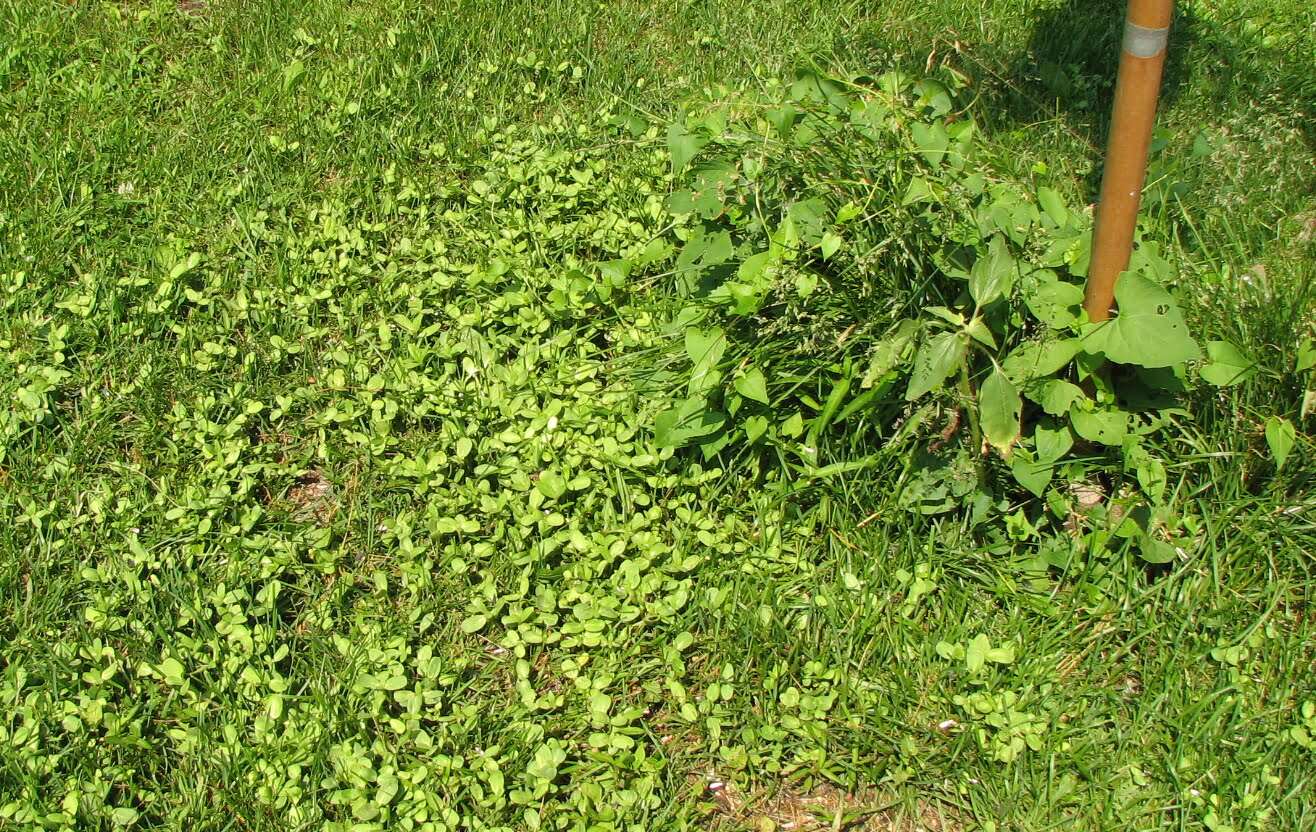
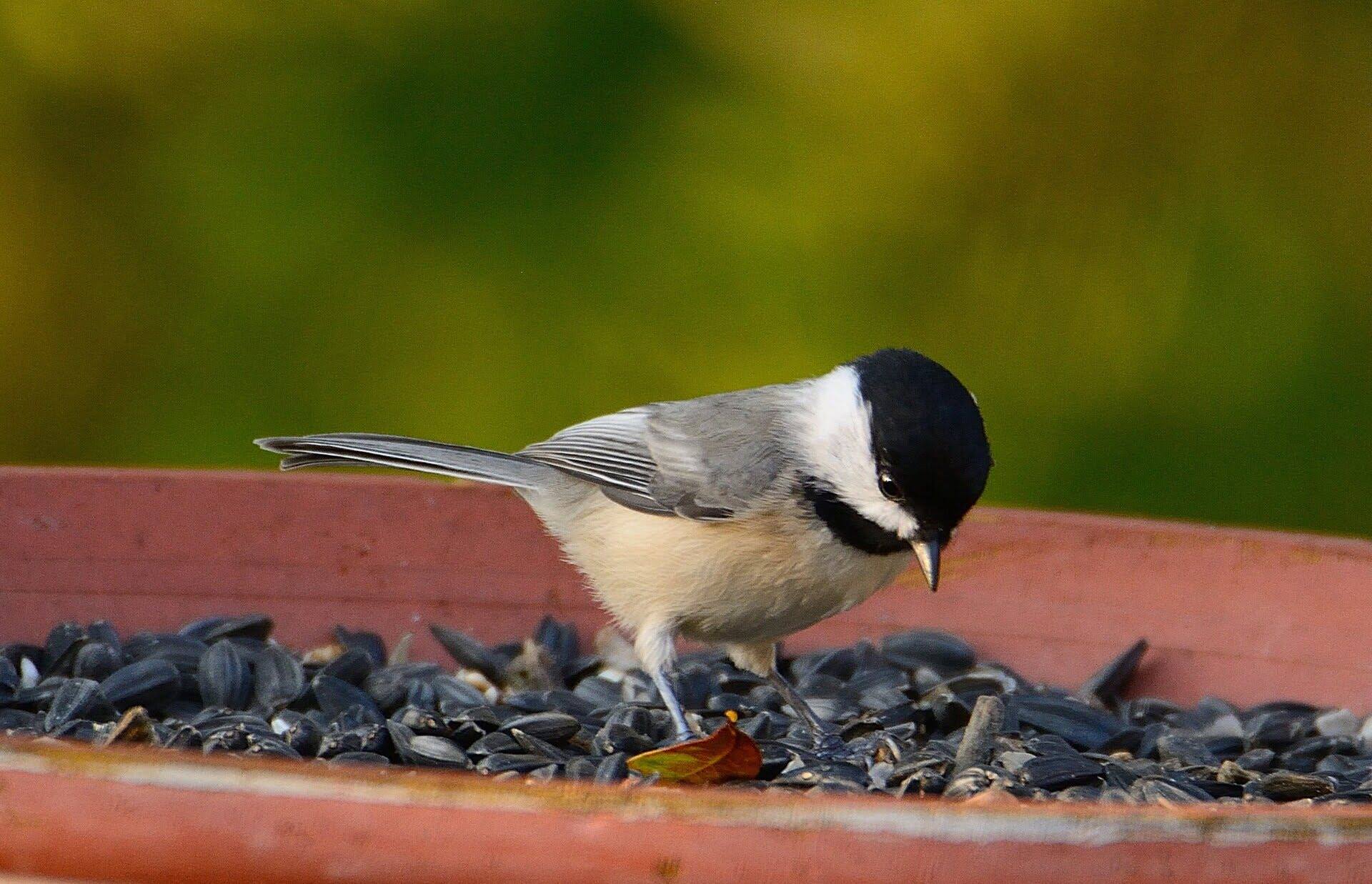

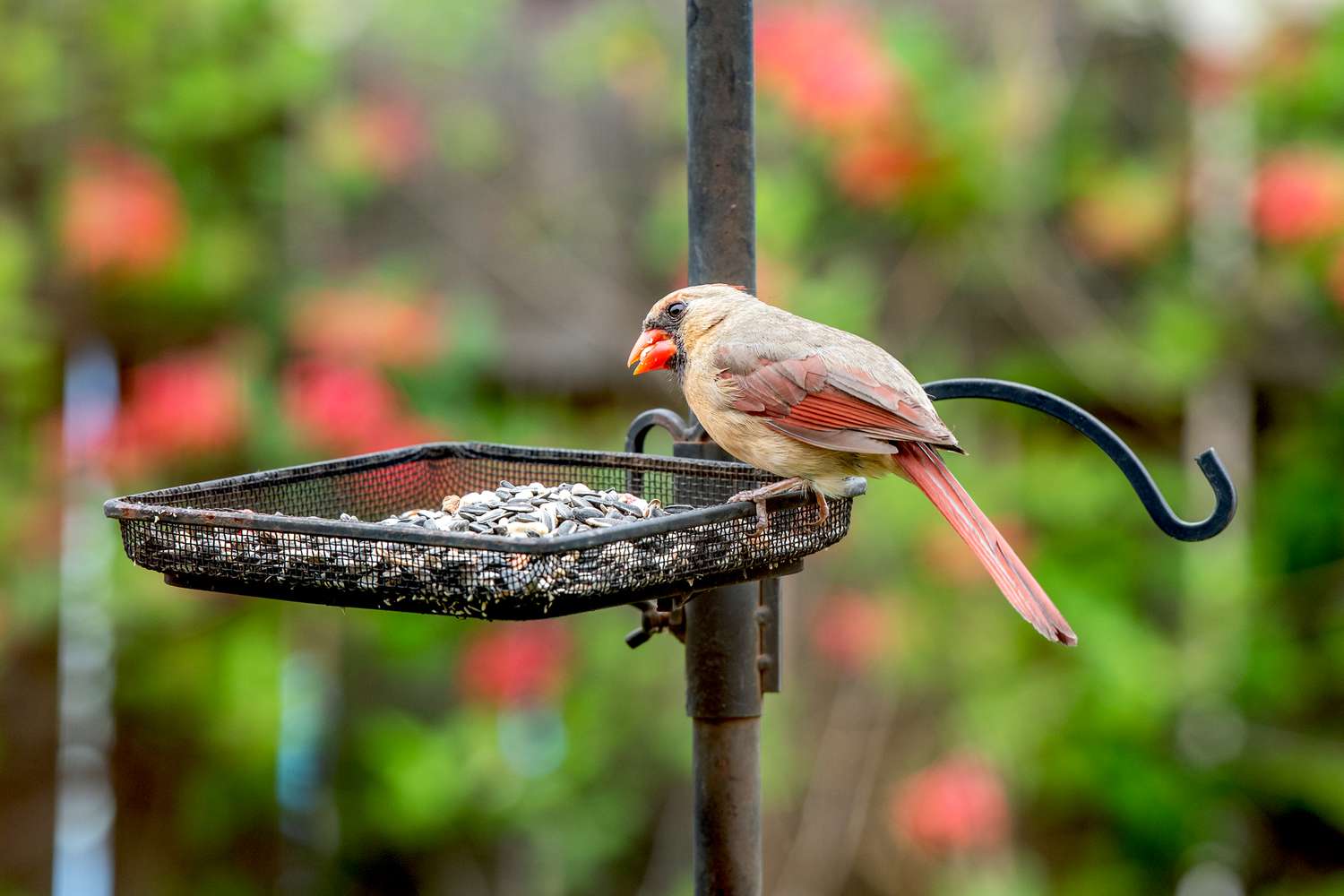
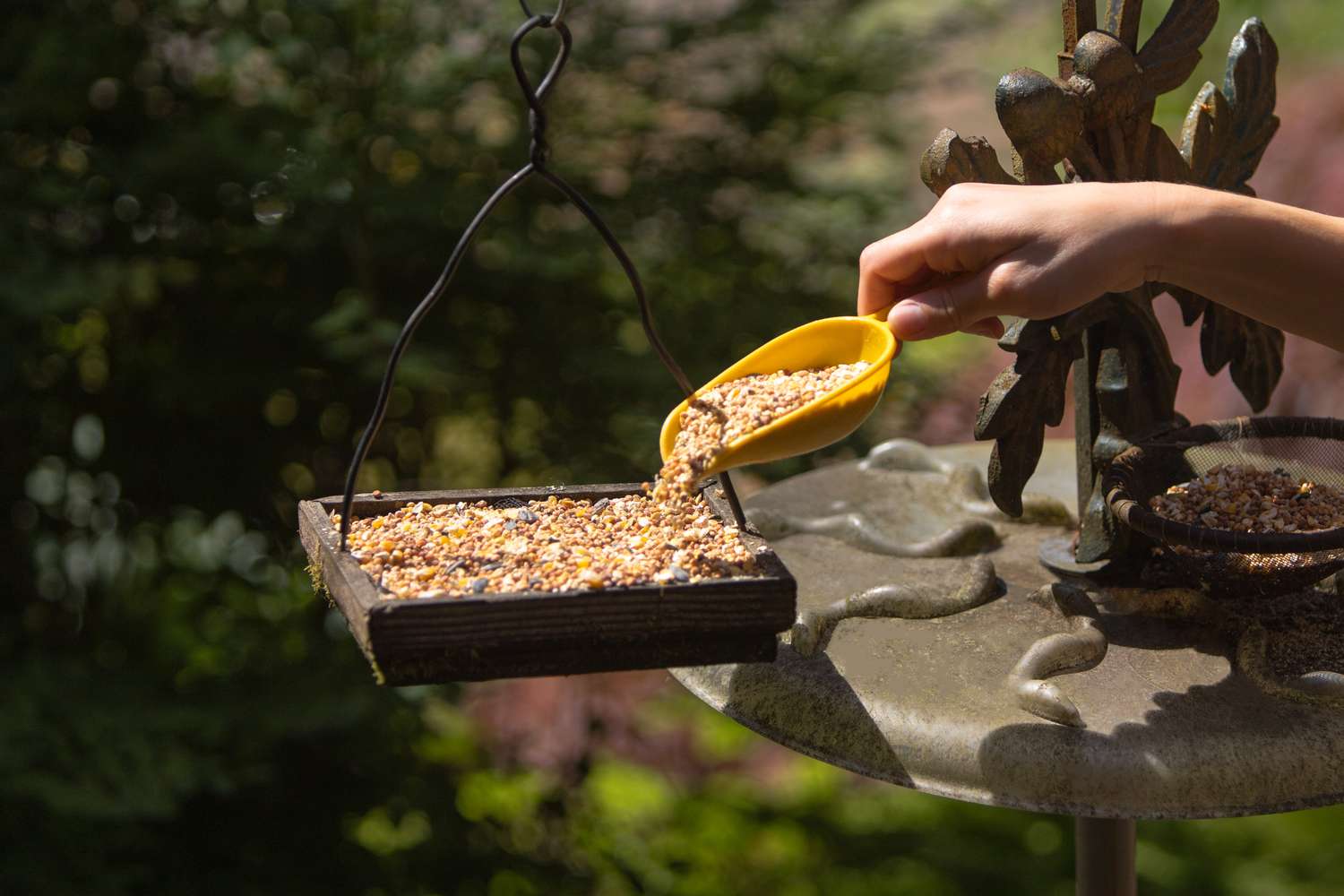
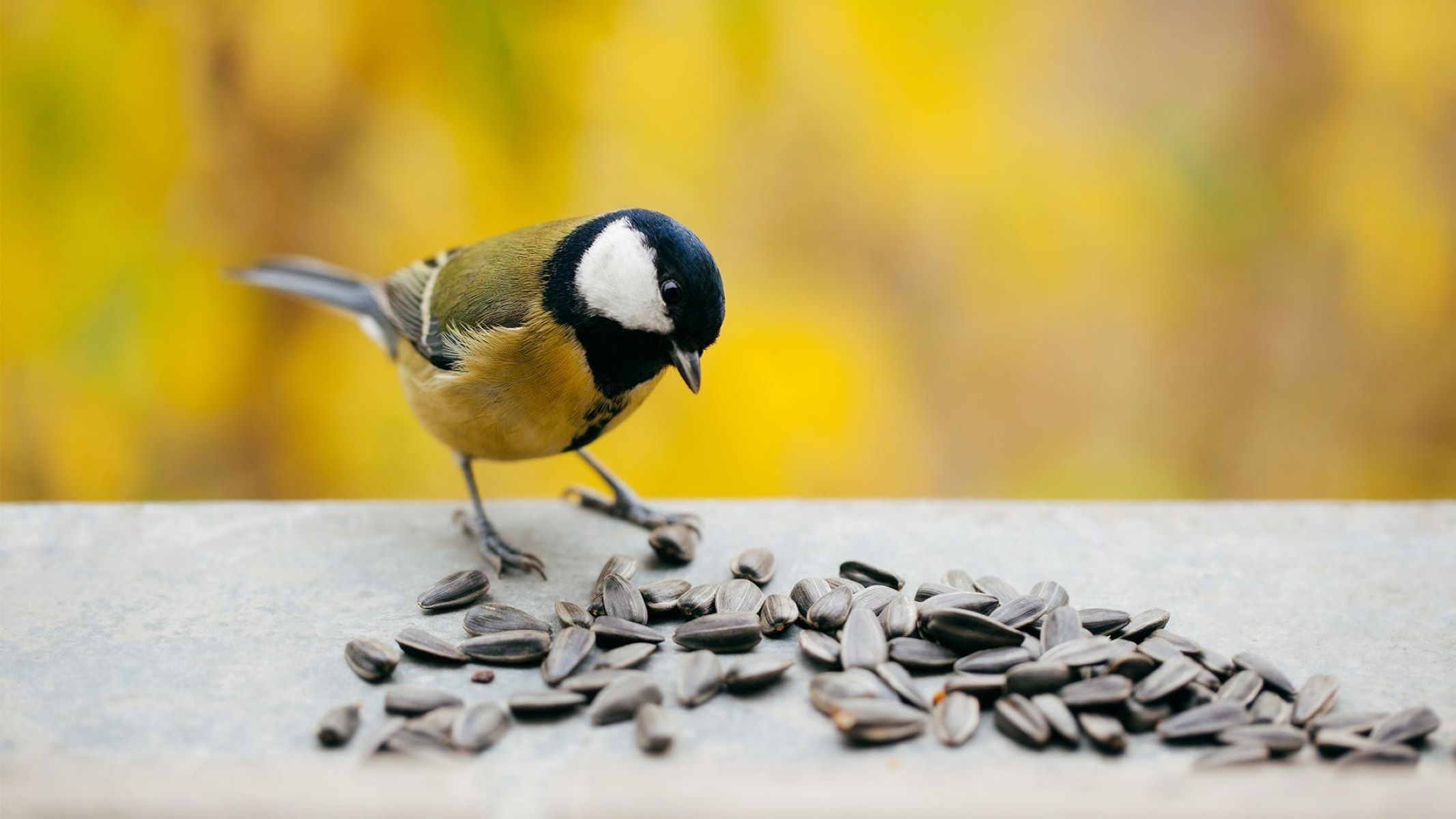
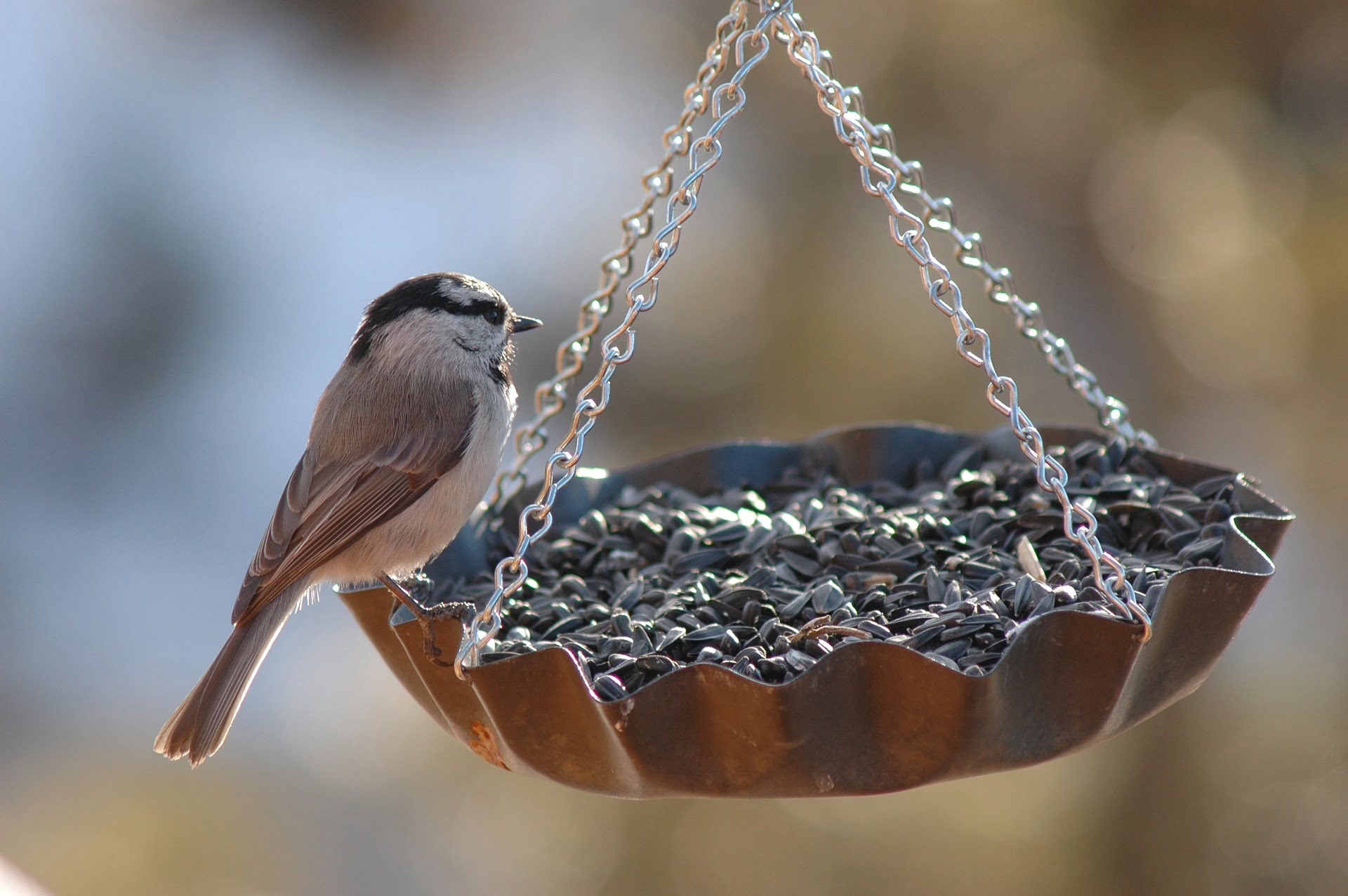


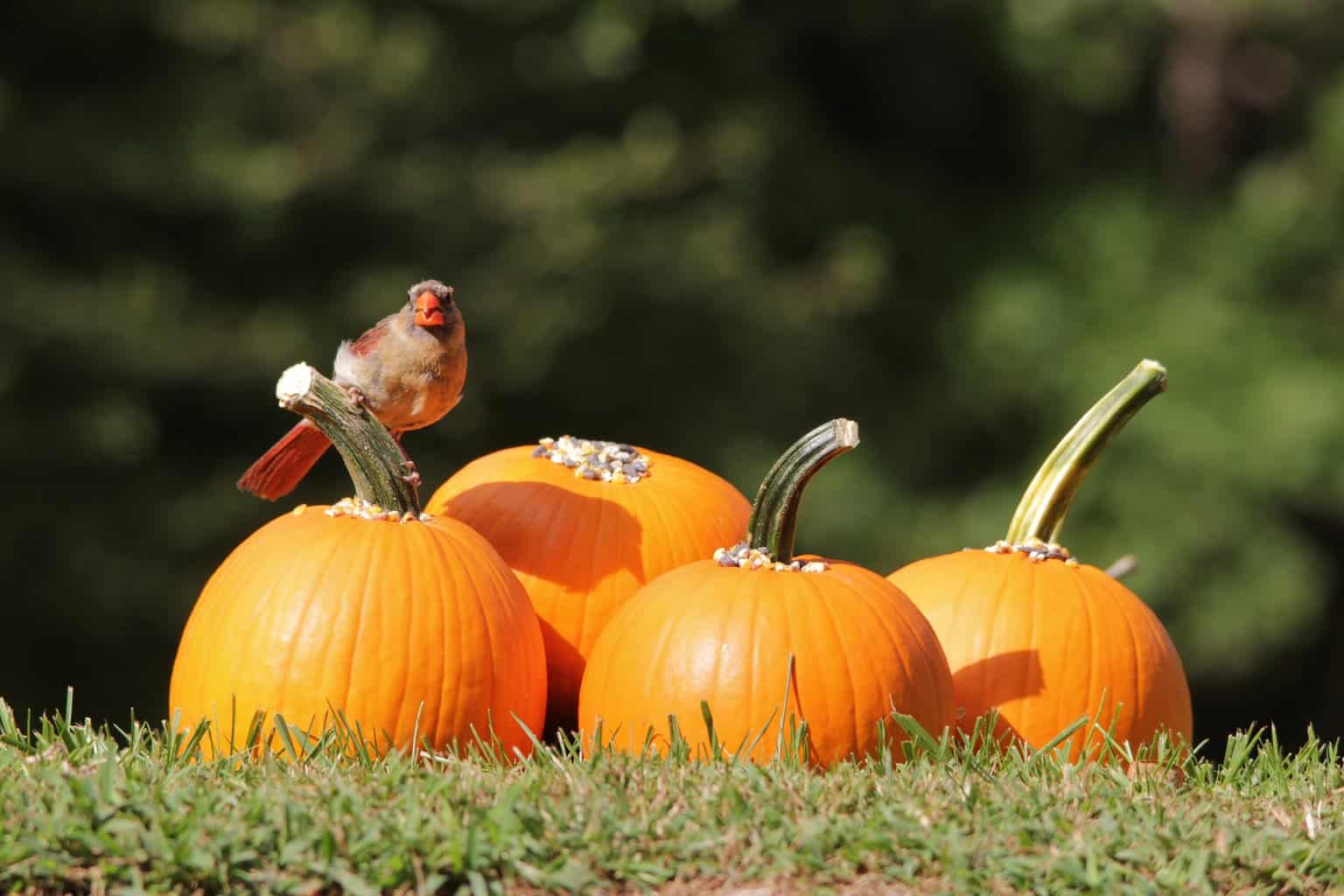
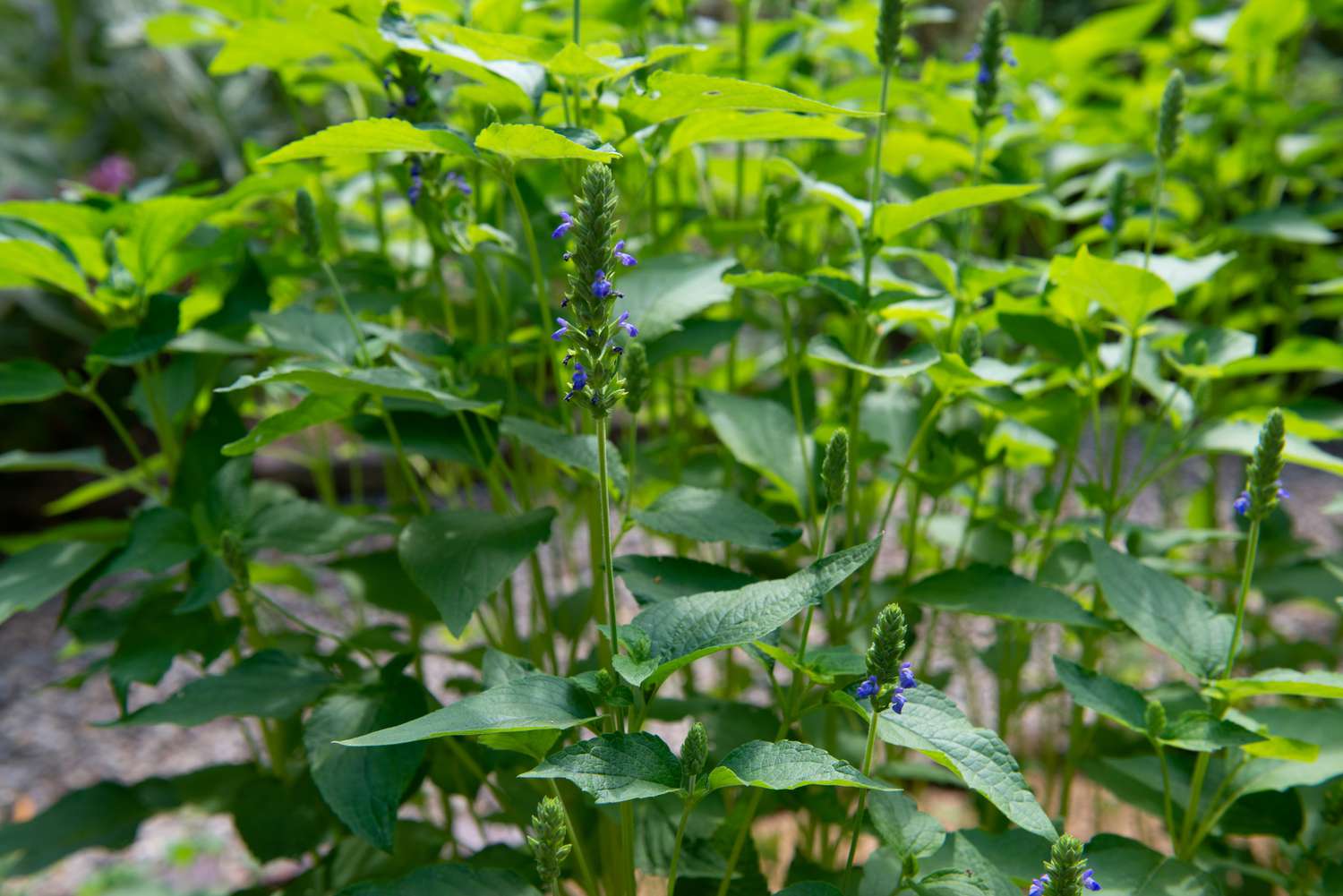
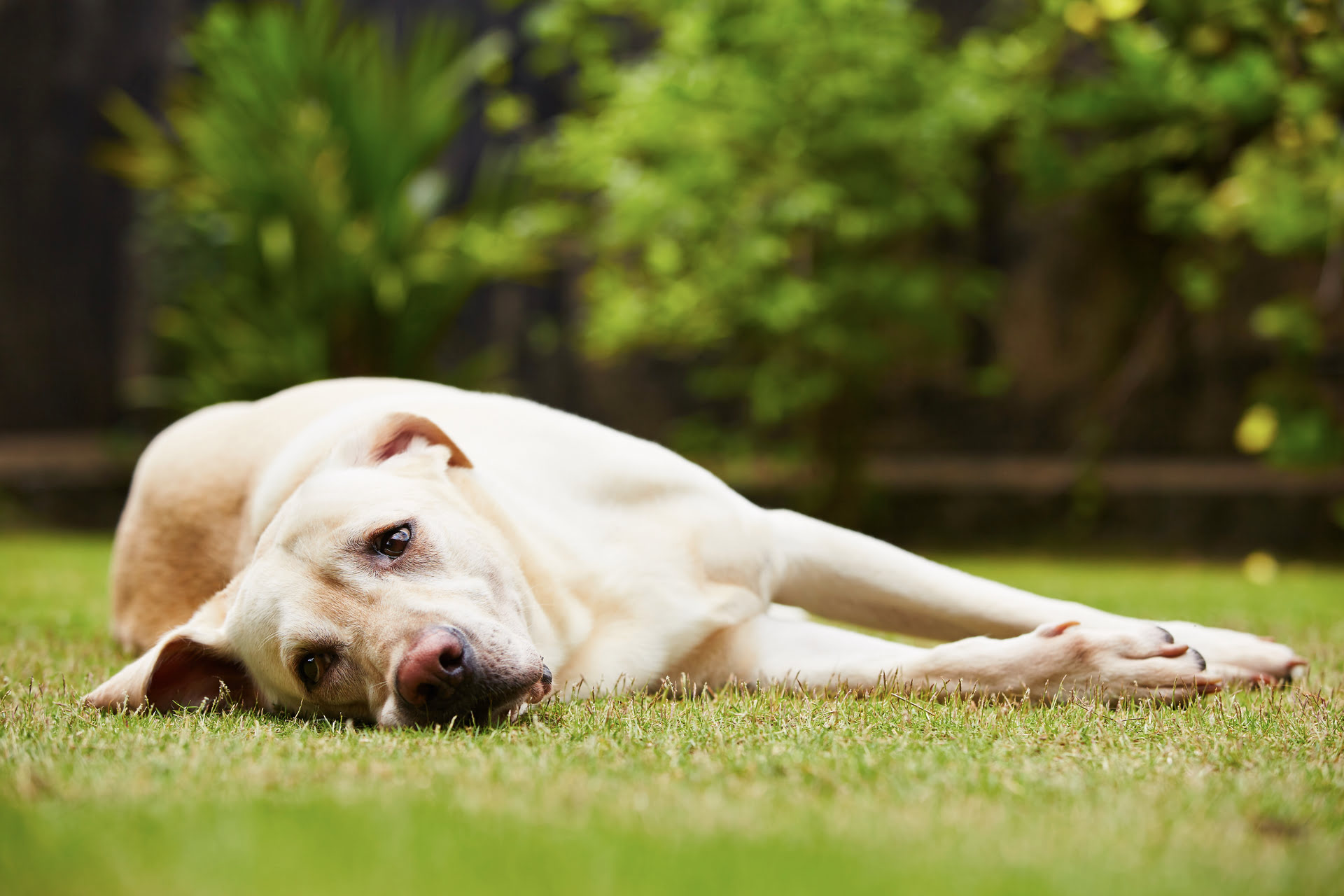
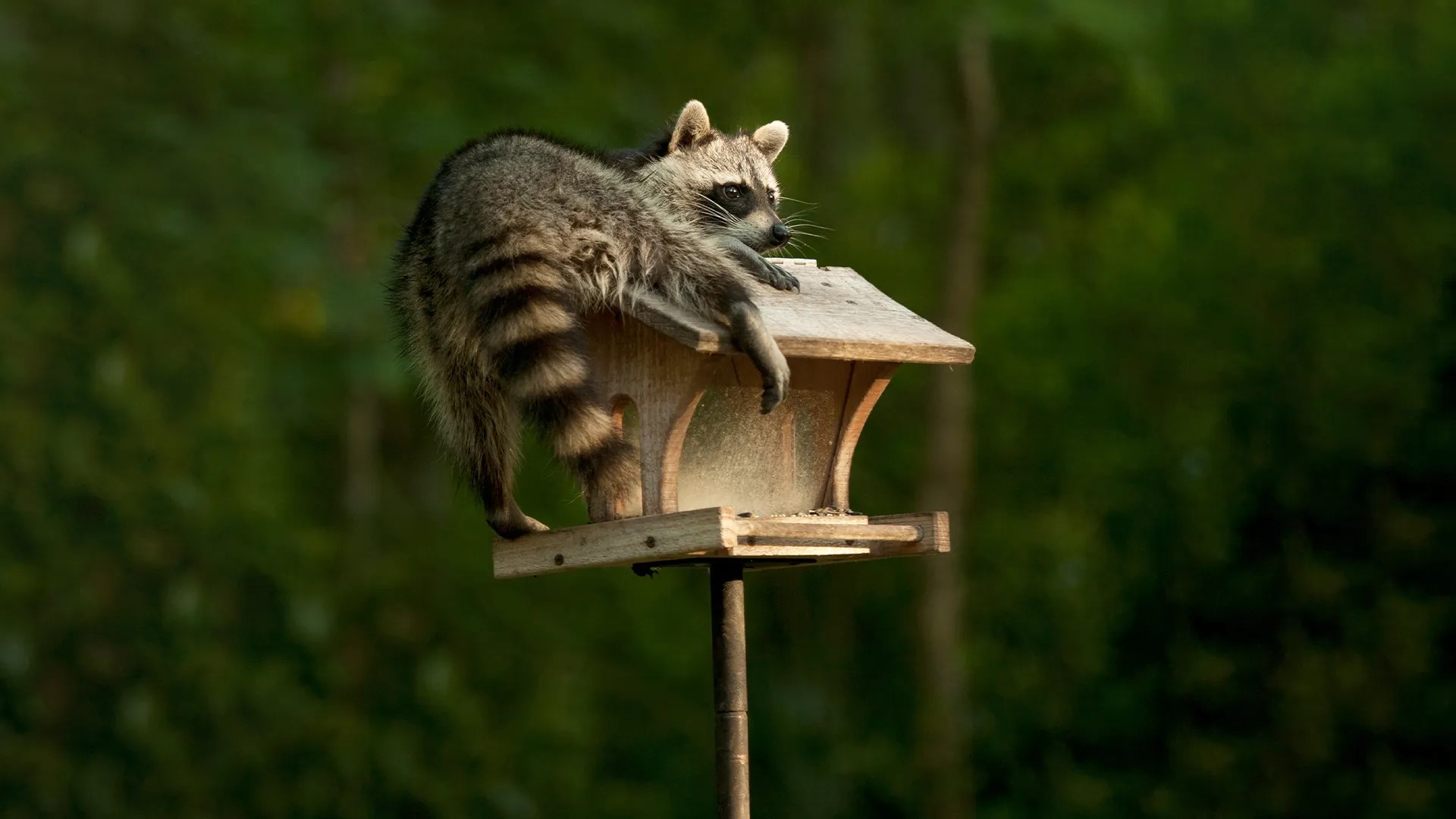

0 thoughts on “What Does Bird Seed Grow Into”